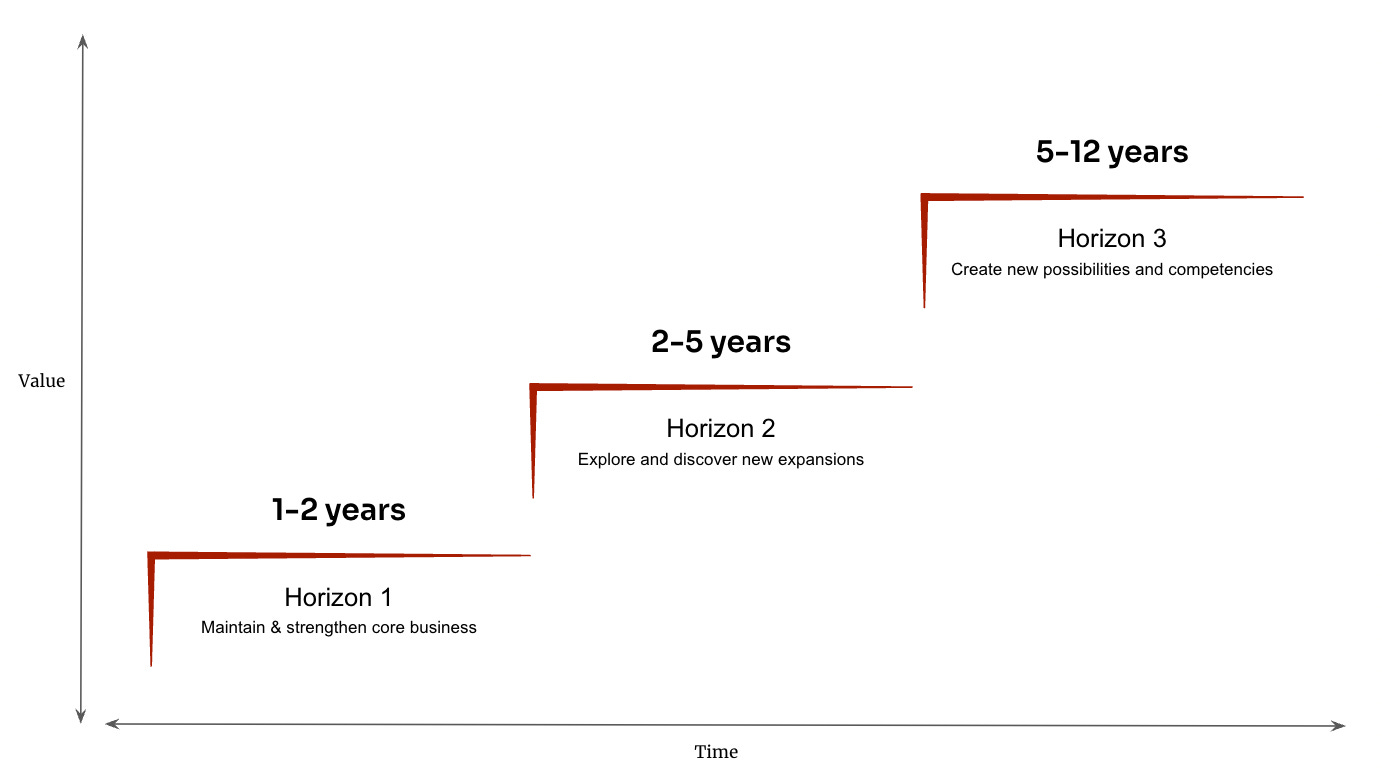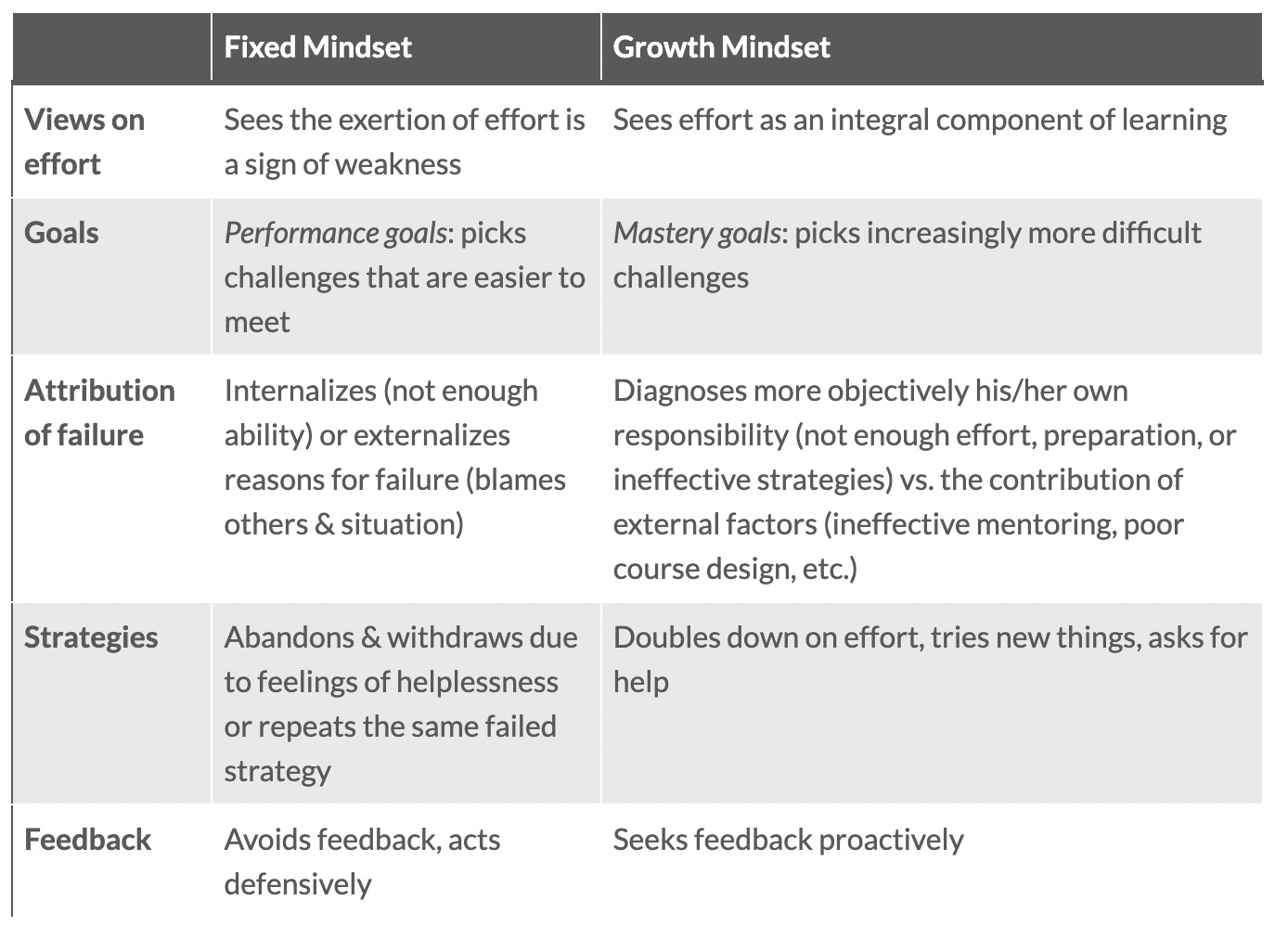The Nadella Effect
The macro strategies used to turnaround Microsoft under the leadership of Satya Nadella
In February 2014, Satya Nadella became the CEO of Microsoft, inheriting a company that many believed had lost its edge. The real innovation engine in Microsoft seemed stalled, and a fundamental transformation was clearly required. But rather than relying on big, sweeping changes, Nadella's approach was both nuanced and relentless. It was a "perpetual transformation journey" that shifted the company's perspective from a short sprint to an ongoing marathon of continuous evolution. This intriguing transformation, driven by strategic vision, agile execution, and a renewed sense of purpose, marked a new era for Microsoft and still provides a compelling case study for leaders and organisations aiming to adapt in a rapidly changing world; almost ten years on.
On that cold day February day when Satya Nadella stepped into the role of CEO at Microsoft, the company was navigating a labyrinth of challenges. The once unassailable giant of the tech world was grappling with a rapidly shifting landscape, defined by an industry pivot towards mobile and cloud computing. Amid this seismic shift, Microsoft's rigid, entrenched culture and lack of agility were hindrances rather than strengths.
One of the most interesting observations was that Nadella's ascension to leadership was not marked by a single, sweeping act of transformation. Rather, it was an ongoing series of subtle, persistent actions that began to shift perceptions both within the company and outside of it. These were not grand gestures or dramatic announcements, but a collection of consistent steps forward, all pushing towards a singular vision.
Under Nadella's stewardship, Microsoft began to redefine itself, moving from a company deeply rooted in personal computing to one at the forefront of the cloud revolution. He championed a "cloud-first, mobile-first" strategy that fundamentally changed how Microsoft did business. This was not simply a change in focus; it was a reorientation of the company's entire ethos.
In a world rapidly shifting towards a digital economy, Nadella recognised that the old paradigms were no longer suitable. The company's legacy of innovation was not to be disregarded, but there was a pressing need for evolution.
Over the horizon
A huge part of this saw Nadella utilise the three horizons model. The three horizons model is a growth strategy framework developed by McKinsey in the early 2000’s that you can use to visualise the future of your organisation. In summary, the model’s key benefit is that it provides a common way to talk about and understand different kinds of growth.
The Three Horizons Model
One important thing to note about the three horizon model is that it doesn’t factor the type of innovation you’re doing. In fact, it has nothing to do with that. I.e. product market penetration, market development, or product diversification – means you’re most likely talking about Bansi Nagji and Geoff Tuff’s ambition matrix.
Nadella used the three horizons framework to help him prioritise Microsoft's investments and focus on the long-term. He divided Microsoft's businesses into three categories:
Horizon 1: This category includes Microsoft's core businesses, such as Windows and Office. These businesses were generating steady revenue and profits, but they are not growing as fast as they used to.
Horizon 2: This category includes new businesses that are still in the early stages of development, such as Azure and Teams. These businesses were not yet profitable, but they had the potential to be major growth drivers for Microsoft in the future.
Horizon 3: This category includes emerging technologies that had the potential to disrupt the industry, such as artificial intelligence and quantum computing. Even now these technologies are still in the early stages of development, but Microsoft have been investing in them for years staying ahead of the curve.
One critical observation however, is that in 2023 the three horizons model is a little dated. A great review in the HBR states that traditionally (over the last 23 years) horizon 3 innovations take years to develop, whilst in todays world thats just not true anymore.
In fact, the speed of deployment of traditionally horizon 3 innovations, strategies and capabilities have been a devastating upset to the staus quo. Some real world examples being: Airbnb, Uber, SpaceX, and Tesla > horizon 3 disruptions using existing technologies, deployed in super short timeframes.
Hearts and minds
The essence of Microsoft's transformation lay not only in technological advancement but also in a profound shift in cultural values. The old guard, siloed and fiercely competitive, had to give way to an organisation that was nimble, collaborative, and focused on the customer. By articulating, activating, and embedding this new culture across the organisation, he aimed to inspire and guide the company's transformation journey.
This was a monumental task, and the process was fraught with challenges. Resistance was met within the ranks, both subtle and overt. A sense of trepidation permeated the corridors of the Redmond headquarters. However, Nadella's leadership was marked by an inspiring vision, paired with a calm and considered approach. He was neither a tyrant nor a dreamer, but a realist with an extraordinary ability to inspire his team.
Those familiar with Nadella's philosophy know that he prioritised the company's purpose or mission as a fundamental part of the transformation process. This mission, to "empower every person and every organisation on the planet to achieve more," is the guiding principle behind every product built and technology incubated at Microsoft.
Nadella knew that the most sophisticated algorithms and platforms would be of little use if they did not meet the real needs of the customers. Thus, a reimagining of customer relationships was undertaken. Partnerships were nurtured, feedback was sought, and the voice of the customer became a guiding force.
But the transformation was not limited to product strategy; it extended to the very culture of the organisation. Nadella worked tirelessly to reshape Microsoft's culture, once seen as competitive and combative, into one that was more collaborative and inclusive. He fostered a culture of learning, encouraging employees to embrace a "growth mindset" – a belief in the capacity for continuous learning and improvement.
MIT Teaching and Learning Lab
This cultural shift made room for innovation to thrive. It spurred the development of groundbreaking products and services, such as the Azure cloud platform, the Surface line of devices, and Microsoft Teams, that have re-established Microsoft's position as a technological leader.
Nadella's leadership also marked a sea change in Microsoft's relationships with its competitors. Under his guidance, the company adopted a more open and cooperative stance, fostering partnerships and collaborations that would have been unthinkable in the past. This strategic shift not only allowed Microsoft to leverage external innovation but also contributed to improving the company's image in the wider tech industry.
A new leadership model
Nadella revamped the leadership model itself. In an environment of constant change, leaders need to be transformational. To this end, he and his leadership team developed a leadership model centred around this vehicle for change. The goals were clear: to create clarity, generate energy, and deliver success. These principles have shaped the transformative story of Microsoft.
To identify a trend and make a strategic bet on it is the first step. As discussed, Nadella chose to leverage the trend of cloud computing, despite Microsoft's relatively weak position at the time. However, a leader must also unite different factions within the organisation towards a common goal. Here, Nadella’s principle of 'diversity in counsel and unity in command' was crucial. He fostered diversity within the ranks during decision-making processes but ensured unity in execution once a decision was made.
One innovative strategy was to shift from one-on-one negotiations, which were prevalent under previous CEO Steve Ballmer, to collective discussions. Nadella insisted that any significant issues should be brought to the weekly leadership meeting. In practice this was a 6 hour meeting. Every Friday. Like clockwork. And it was mandatory. This ensured that crucial debates occurred in a collective setting, resulting in company-wide alignment.
No man is an island
The results of Nadella's leadership have been clear. Since he took the helm, Microsoft has seen a remarkable resurgence. The company's stock price has soared, it has regained its position as one of the world's most valuable companies, and it has established a strong foothold in the highly competitive cloud market. Moreover, it has done so while fostering a culture that values learning, innovation, and collaboration.
Now whilst the value a transformational leader like Nadella creates is hard to quantify, one this is for certain. The execution was a team effort.
Amy Hood, Microsoft's CFO, played a pivotal role in the company's transformation under Nadella. She proposed a shift in the performance metrics used by the company, from traditional financial metrics to power metrics. Power metrics focus on long-term transformational objectives, such as customer satisfaction, employee engagement, and innovation.
This shift in metrics was important because it helped to align Microsoft's employees and stakeholders around a common goal. It also helped to focus the company's resources on the things that were most important for its long-term success.
For example:
Customer satisfaction: Microsoft has made significant investments in customer satisfaction. In 2014, the company's Net Promoter Score (NPS) was 34. By 2022, it had risen to 60. This is a significant improvement, and it is a testament to Microsoft's focus on customer satisfaction.
Employee engagement: Microsoft has also made significant investments in employee engagement. In 2014, the company's employee engagement score was 67. By 2022, it had risen to 85. This is a significant improvement, and it is a testament to Microsoft's focus on creating a positive and productive work environment.
Innovation: Microsoft has also made significant investments in innovation. In 2014, the company spent $10 billion on research and development. By 2022, it was spending $20 billion on research and development. This is a significant increase, and it is a testament to Microsoft's focus on developing new products and services.
The shift to power metrics has helped Microsoft to transform into a more customer-focused, employee-engaged, and innovative company. As a result, the company has become more successful and competitive.
In conclusion
Perhaps the most significant achievement of Nadella's tenure is not something that can be quantified in revenue figures or market share. It is the profound shift in perception that Microsoft has undergone. The company that was once seen as a relic of a bygone era of computing is now viewed as a forward-thinking leader in the technology industry. This transformation in perception, driven by Nadella's persistent, consistent leadership, is perhaps his most enduring legacy.
In examining the transformation of Microsoft under Nadella's leadership, one is struck by the power of steady, persistent action in driving change. It serves as a powerful reminder that transformation does not always come in the form of dramatic gestures or sweeping reforms. Often, it is the result of a series of small, consistent steps, each one building on the last, towards a defined vision. Satya Nadella's tenure at Microsoft is a testament to the power of such an approach.
In sum, the Microsoft transformation story is a testament to the power of continuous evolution, clear vision, and dynamic leadership. It's a tale of an organisation that recognised the need for change, embraced it, and embarked on a transformative journey that has redefined its trajectory.
// N




